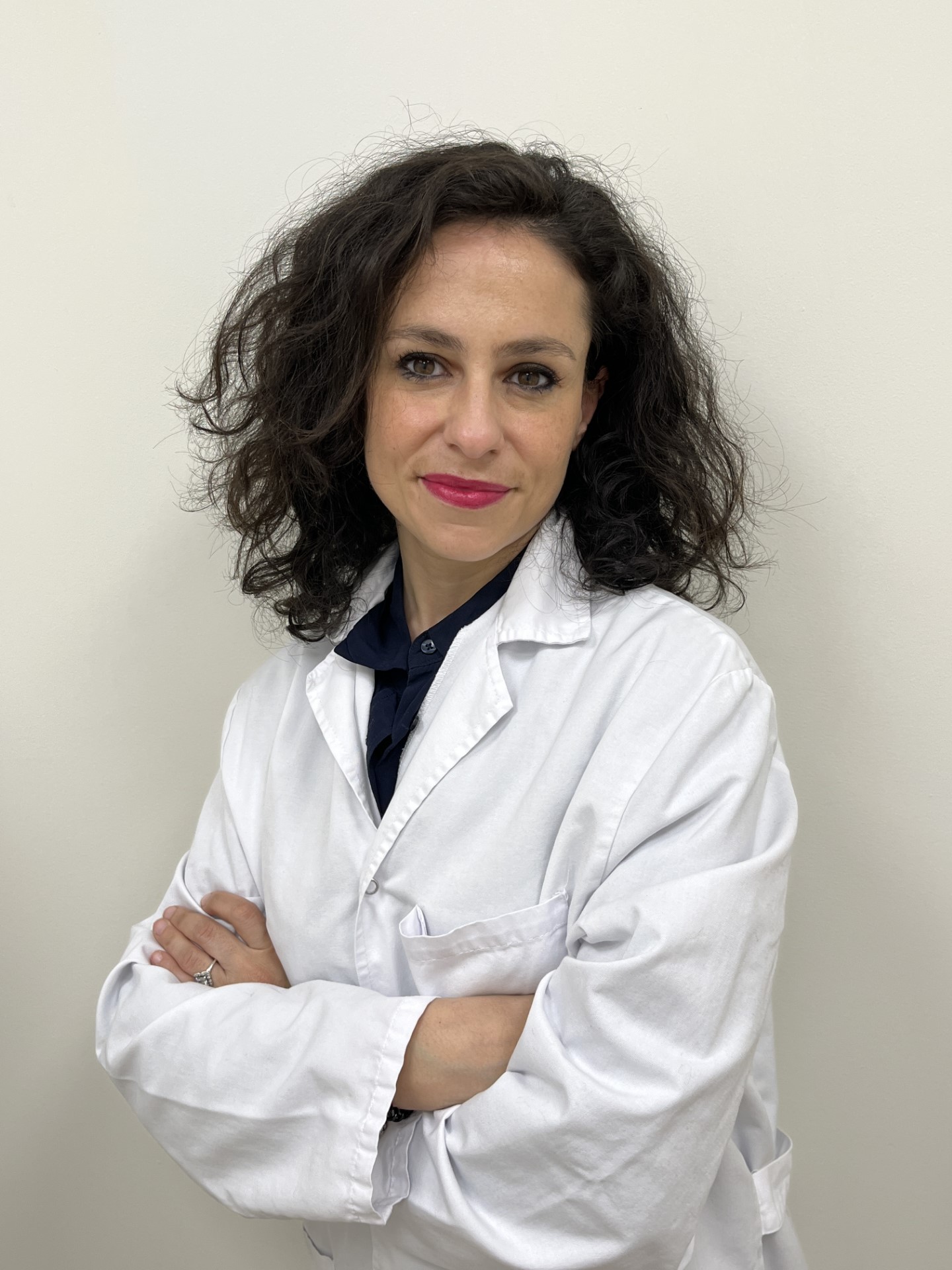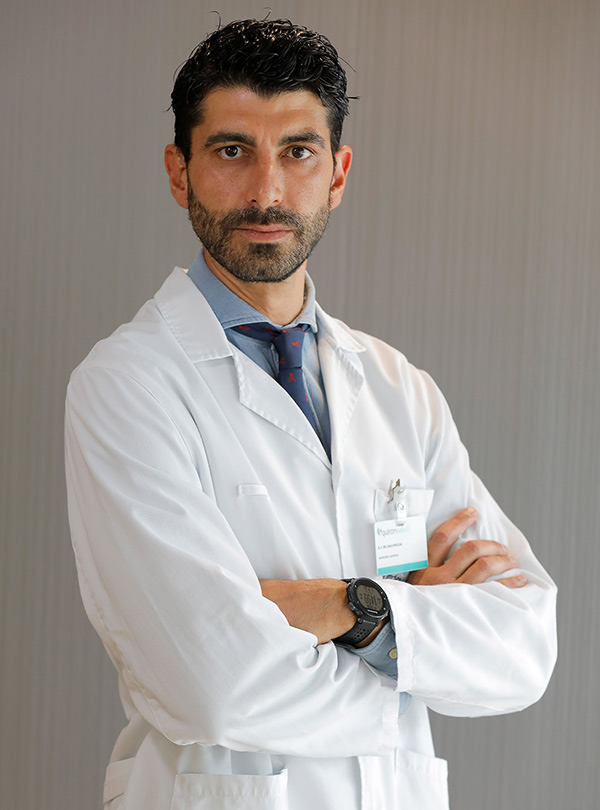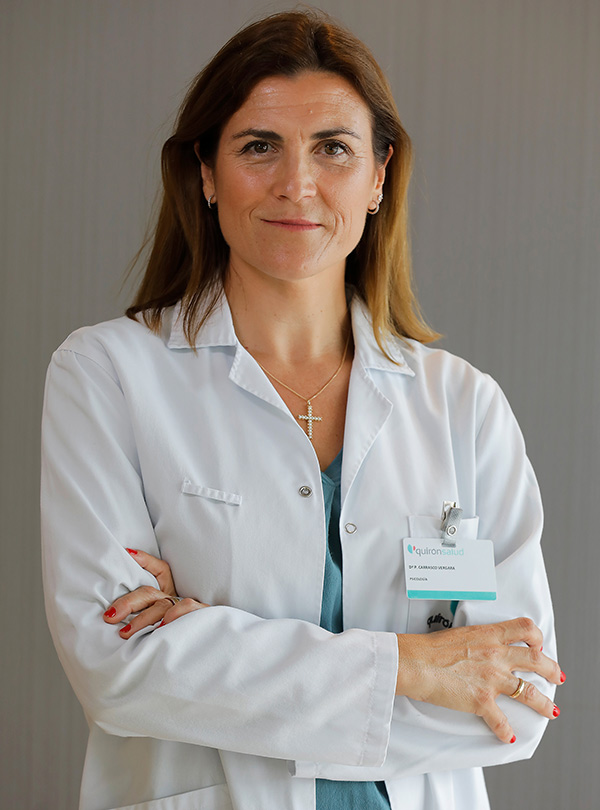WHAT DOES IT INVOLVE?
Gastric bypass
The main surgical technique used is gastric bypass. This is performed, barring some exceptional cases, using a minimally invasive approach (laparoscopic surgery). It is performed in two stages:
- Through minimal incisions in the abdomen, a small gastric pouch is created (some 20-50 cc.) that is separated from the rest of the stomach, modifying the anatomy of the digestive system. This ensures that food does not come into contact with the first part of the small intestine. This way, a smaller amount of food is eaten and its absorption is limited to the last portion of the intestine.
- Additionally, a gastrojejunal anastomosis is performed in Roux-en-Y with variable length of the jejunum, which causes the malabsorption component.
This procedure achieves reduced food intake and ensures that it doesn't go through the duodenum or near the pancreas, thereby limiting absorption. The duodenum is the source of the metabolic signaling that causes insulin resistance.
Diabetes remission should occur immediately following the surgical intervention, and in the majority of cases patients are discharged without the need for medication and will never have to inject themselves with insulin again. In addition to reversing type 2 diabetes, its also reduces certain hunger-causing hormones (ghrelin, for example).
What's more, this technique also achieves significant weight loss (70-85% of excess weight) and reduces comorbidities, representing an important advance for all people with this disease. Gastric bypass is one of the most performed surgical procedures around the world.
Technique: Minimally Invasive Laparoscopic Surgery
Anesthesia: General
Stay in the ICU: 12-24h
Hospitalization time: 48-72h
MEDICAL TEAM
Prestigious experts in the treatment of obesity and overweight
We have a comprehensive clinic and multidisciplinary team comprised of multiple specialists: expert surgeons in metabolic and bariatric surgery techniques, endocrinologists, nutritionists, psychologists, specialists in exercise and fitness education, and more.
In addition, our patients can choose from a wide range of services at the Quirónsalud Sagrado Corazón Hospital, and the experts they may need from any specialized units: Intensive Care, Anesthesiology, Internal Medicine, Radiology, etc.







